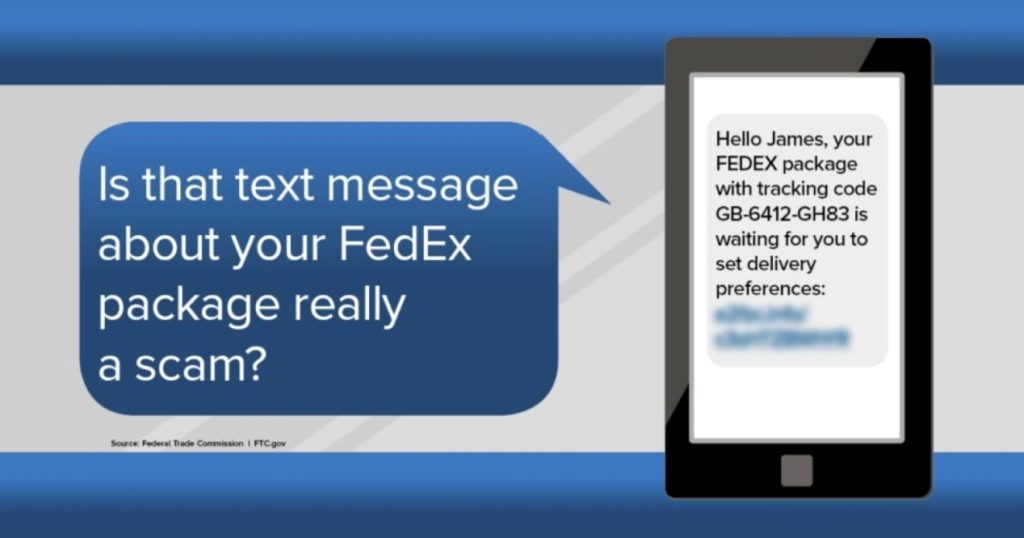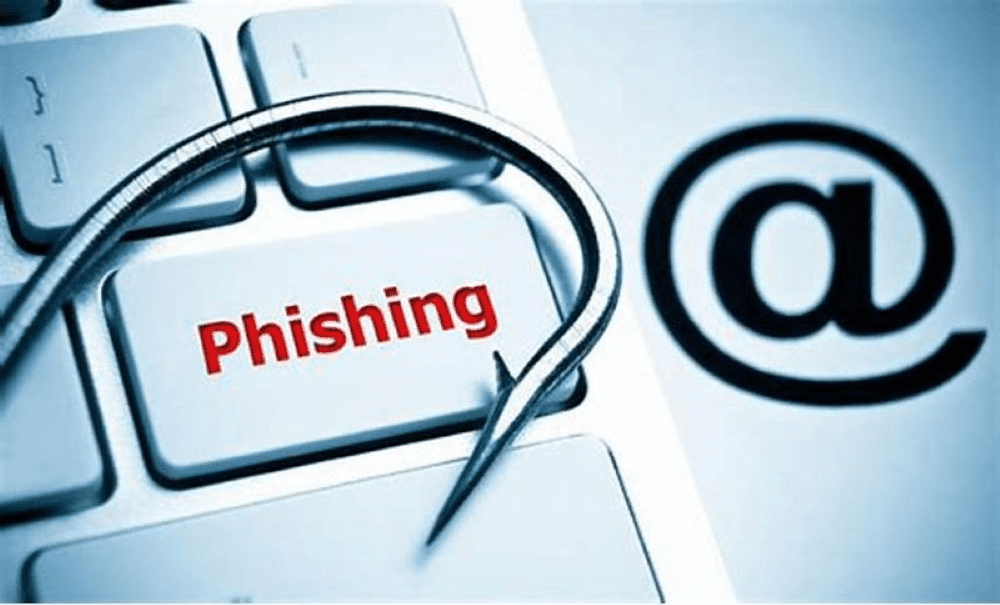
Phishing Emails and You

When it comes to email, we’ve all come across a phishing email that appeared to be a legitimate email. Phishers take advantage of the fact that it is difficult to know with absolute certainty with whom you are communicating via email. They use this uncertainty to pose as legitimate businesses, organizations, or individuals, and gain our trust, which they can leverage to convince us to willingly give up information or click on malicious links or attachments.
Be Aware of Phishing Scams
First and foremost you should utilize a spam filter (this service should be provided by your email provider), keep all of your systems patched and your anti-virus software up to date. The second line of defense against phishing is you. If you are vigilant, and watch for telltale signs of a phishing email, you can minimize your risk of falling for one. Telltale signs of a potential phishing email or message include messages from companies you don’t have accounts with, spelling mistakes, messages from the wrong email address (e.g. [email protected] instead of [email protected]), generic greetings (e.g. “Dear user” instead of your name), and unexpected messages with a sense of urgency designed to prompt you into responding quickly, without checking the facts. “Resume” and “Unpaid Invoice” are popular attachments used in phishing campaigns. Here are some scenarios you may encounter:
- An email appearing to be from the “fraud department” of a well-known company that asks you to verify your information because they suspect you may be a victim of identity theft.
- An email that references a current event, such as a major data breach, with a malicious link to setup your “free credit reporting.”
- An email claiming to be from a state lottery commission requests your banking information to deposit the “winnings” into your account.
- An email with a link asking you to provide your login credentials to a website from which you receive legitimate services, such as a bank, credit card company, or even your employer.
- A text message that asks you to call a number to confirm a “suspicious purchase” on your credit card. When you call, the operator will know your name and account information and ask you to confirm your ATM PIN. (This is a form of SMSishing.) What should you do?
Recommendations
- Be suspicious of unsolicited emails, text messages, and phone callers. Use discretion when providing information to unsolicited phone callers, and never provide sensitive personal information via email.
- If you want to verify a suspicious email, contact the organization directly with a known phone number. Do not call the number provided in the email. Or, have the company send you something through the US mail (which scammers won’t do).
- Only open an email attachment if you are expecting it and know what it contains. Be cautious about container files, such as .zip files, as malicious content could be packed inside.
- Visit websites by typing the address into the address bar. Do not follow links embedded in an unsolicited email.
- Use discretion when posting personal information on social media. This information is a treasure-trove to spear phishers who will use it to feign trustworthiness.
- Keep all of your software patched and up-to-date. Home users should have the auto update feature enabled.
- Keep your antivirus software up-to-date to detect and disable malicious programs, such as spyware or backdoor Trojans, which may be included in phishing emails.



